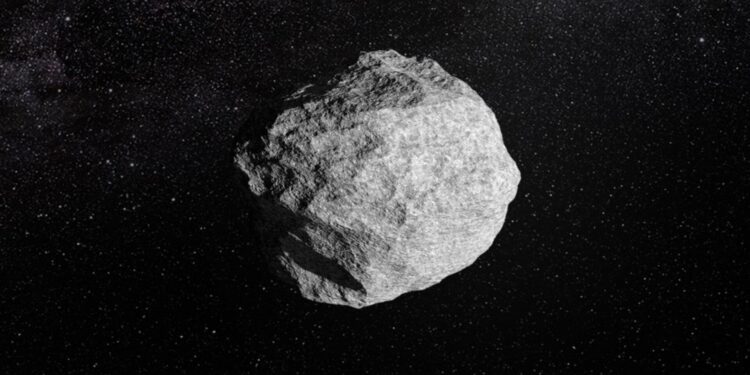A quiet discovery last year has sparked a very real debate about how prepared we are for cosmic threats. Asteroid 2024 YR4, about 60 meters wide, was initially thought to have a small chance of striking Earth. Thankfully, updated models show that won’t happen. But now there’s another twist—scientists say it has about a 4% chance of hitting the Moon in December 2032.
At first glance, some might shrug. After all, no permanent human settlements are expected to be on the Moon by then. But the real concern isn’t what happens to the lunar surface—it’s what happens here on Earth. A strike of that size could generate a massive debris field, increasing the number of micrometeoroids hitting Earth by as much as a thousand times the normal rate for several days. For ordinary folks on the ground, that might just look like the most dazzling meteor shower in centuries. For satellites, communication systems, and astronauts in orbit, it could be catastrophic.
This raises a fundamental question: do we simply hope the asteroid misses, or do we take action? For the scientists and engineers studying the problem, the options are straightforward: deflect it—or destroy it.
Deflection would be the preferred path. The concept is simple—nudge the asteroid just enough so its trajectory shifts safely away from both Earth and the Moon. But in practice, deflection requires knowing the asteroid’s exact mass. Current estimates range wildly, from 51 million kilograms to over 711 million. Moving an object on the low end is one thing—moving the higher estimate requires exponentially more force. Get that calculation wrong, and instead of pushing it away, we might accidentally redirect it toward Earth.
That’s why reconnaissance missions matter. Ideally, scientists would launch a probe around 2028 to get precise measurements. The challenge? That’s barely three years away. Designing, building, and launching such a mission in that timeframe is nearly unprecedented. It could be done if the threat level is deemed high enough, but 2024 YR4 is still a long shot. NASA could, in theory, repurpose spacecraft already in development, such as OSIRIS-APEX or Psyche, but doing so would sacrifice their original missions. Another small spacecraft, Janus, sits in storage, though its capabilities are uncertain.
The alternative is destruction. Recent tests like NASA’s DART mission proved we can slam an object into an asteroid and alter its trajectory. Scaling that up to break an asteroid into smaller pieces is harder, but not impossible. Missions could be designed and launched between 2030 and 2032 to hit 2024 YR4 with enough force to fragment it into harmless chunks.
Then there’s the nuclear option. It sounds like something from a 90s movie, but in reality, it’s straightforward physics. A nuclear device detonated near the asteroid—not on its surface, but just above it—could disrupt it completely. Calculations show a one-megaton blast would be enough regardless of the asteroid’s mass. The U.S. already has that capability. What stands in the way is not the science, but the politics. Nuclear detonations in space haven’t been attempted since the 1960s, during the Cold War tests like Starfish Prime in 1962. Using them now would require political will and global cooperation.
The real kicker is timing. We won’t know for certain whether 2024 YR4 is truly on course to strike the Moon until 2028. But by then, the window to prepare may already be closing. Deflection missions need years to design and launch. Even destruction missions require careful planning. Waiting until the last moment isn’t an option.
For Americans, this story isn’t just about science fiction made real. It’s about preparedness and priorities. When government agencies talk about climate change models decades into the future or spend billions on bureaucracy, yet hesitate to act decisively on a tangible threat like an asteroid, it’s worth asking: where should common-sense solutions be focused? Protecting the systems we rely on every day—our satellites, our communications, even our ability to defend ourselves—may come down to decisions made in the next few years.
Asteroid 2024 YR4 might not hit anything at all. But if it does, the question is whether America will be ready—or whether endless debate and bureaucratic delay will leave us staring up at the sky, hoping someone else had a plan.




















